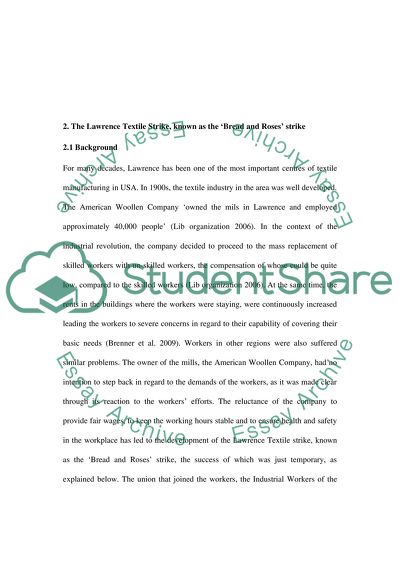Cite this document
(“The Lawrence Textile Strike, known as the Bread and Roses strike Essay”, n.d.)
Retrieved from https://studentshare.org/history/1394567-the-lawrence-textile-strike-known-as-the-bread-and-roses-strike
Retrieved from https://studentshare.org/history/1394567-the-lawrence-textile-strike-known-as-the-bread-and-roses-strike
(The Lawrence Textile Strike, Known As the Bread and Roses Strike Essay)
https://studentshare.org/history/1394567-the-lawrence-textile-strike-known-as-the-bread-and-roses-strike.
https://studentshare.org/history/1394567-the-lawrence-textile-strike-known-as-the-bread-and-roses-strike.
“The Lawrence Textile Strike, Known As the Bread and Roses Strike Essay”, n.d. https://studentshare.org/history/1394567-the-lawrence-textile-strike-known-as-the-bread-and-roses-strike.


